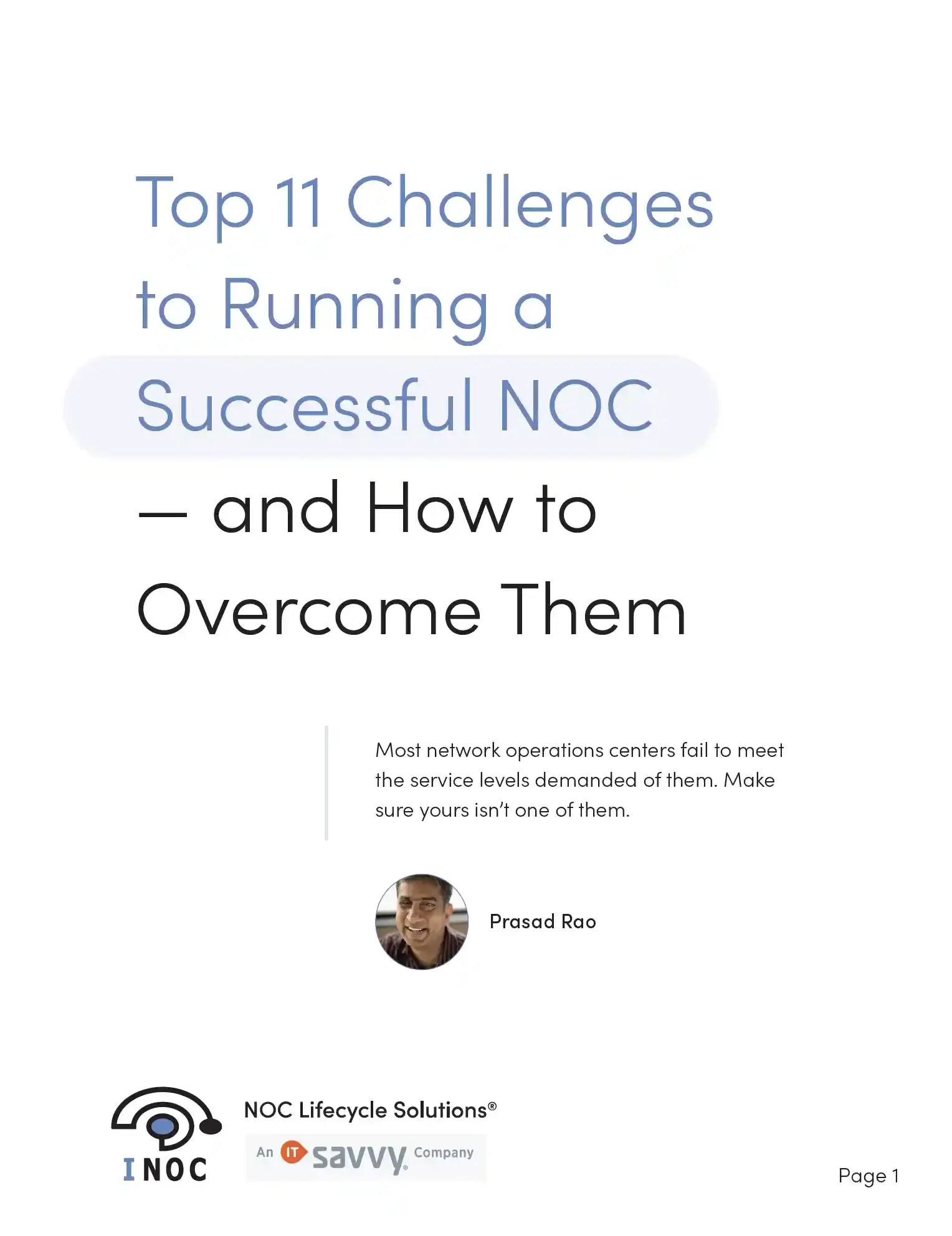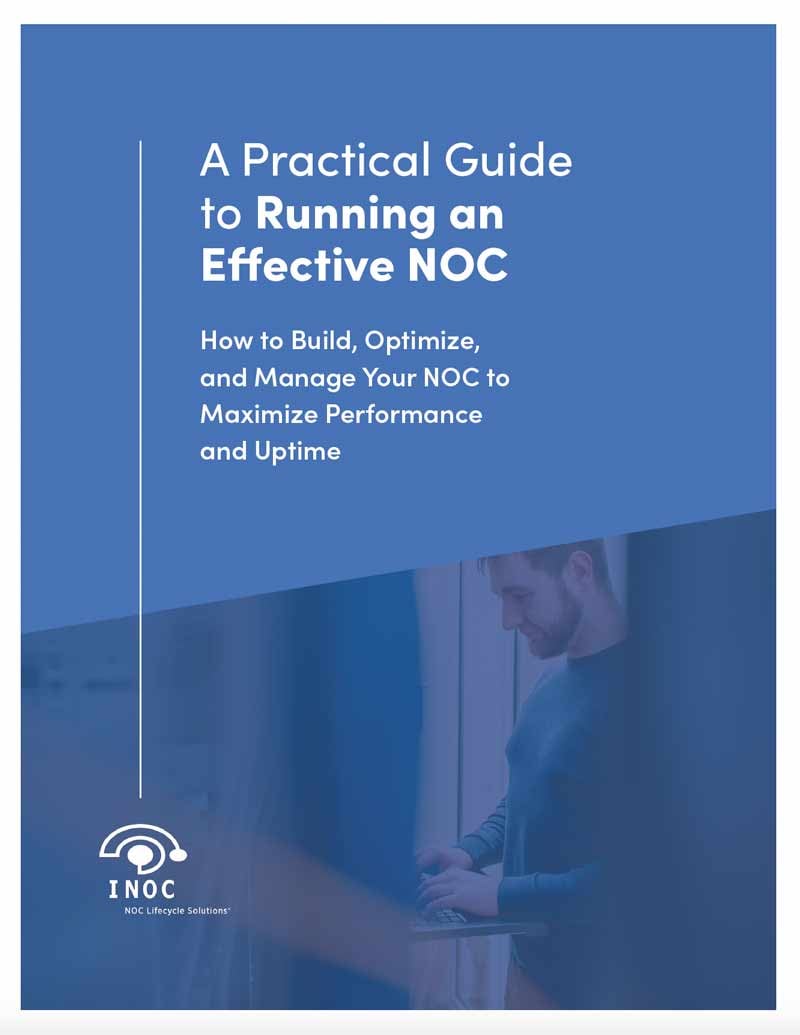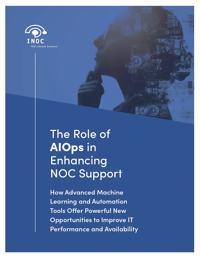When it comes to Network Operations Center (NOC) support, one of the biggest decisions companies face is whether to partner with an onshore, offshore, or hybrid provider.
On paper, offshore options often promise lower costs. But, as we've encountered firsthand, the real-world differences go far beyond budget line items. The model you choose affects everything from escalation speed to service quality, regulatory compliance, and customer satisfaction.
Here's a quick distillation of the differences between Onshore, Offshore, and Hybrid NOC support models, focusing on real operational considerations:
| Factor |
Onshore NOC |
Offshore NOC |
Hybrid NOC |
| Communication Speed |
Fast, real-time, culturally aligned |
Delayed due to time zones, possible language barriers |
Varies; fast during onshore hours, slower after hours |
| Escalation Handling |
Immediate, aligned escalation paths |
Delayed or complicated escalation across regions |
Depends on structure; strong if onshore governs escalation |
| Compliance / Data Security |
Strong alignment with US/EU regulations |
Higher risk; complex compliance across jurisdictions |
Varies; must carefully manage offshore data handling |
| MTTA / MTTR (Acknowledgement and Repair Times) |
Generally faster |
Slower, especially outside of offshore business hours |
Faster if escalation is managed onshore |
| Cost |
Higher per-hour resource cost |
Lower per-hour resource cost |
Moderate; potential cost savings without full offshore risk |
| Service Consistency |
High; consistent across time zones |
Variable; often dependent on offshore staffing quality |
Variable; can be high if structured properly |
| Best For |
Regulated industries, high-uptime critical environments |
Low-risk environments, high cost sensitivity |
Companies balancing cost control with service quality |
- Onshore = Best choice when uptime, speed, and compliance are mission-critical.
- Offshore = Only ideal when cost savings outweigh risk—and incident urgency is low.
- Hybrid = Can work well if escalation management is kept onshore and disciplined.
Here’s a deeper look at how to think about this decision—and why the right choice depends on more than just hourly rates.
Why Location Matters More Than You Might Think
In theory, modern NOC support can happen from anywhere. But in practice, location shapes performance in critical ways.
Communication and escalation
During a critical incident, communication needs to be fast, clear, and decisive. Offshore NOC teams may be skilled, but time zone gaps and cultural differences can slow down escalations—or worse, create confusion when minutes matter.
An onshore NOC can provide:
-
Real-time escalation paths without timezone delays.
-
Fluent communication without language barriers.
-
Cultural alignment around urgency, ownership, and customer expectations.
When an issue impacts users or critical infrastructure, waiting hours for a response isn’t just frustrating—it’s a direct business risk.
Regulatory compliance and data security
For industries like healthcare, financial services, utilities, or government, regulatory frameworks often require strict data handling and support practices. Offshore teams can introduce added risks:
-
Data sovereignty concerns
-
Limited jurisdictional recourse if breaches occur
-
Difficulty proving compliance with standards like HIPAA, GDPR, or ISO frameworks
Onshore NOC operations, particularly those based in North America, are better positioned to meet regulatory and security expectations without extra complexity.
Offshore Models: The Real Pros and Cons
It’s important to be realistic: offshore support isn't always a bad choice. For some organizations, particularly those with heavy cost pressures and low criticality, offshore NOCs can deliver adequate service at a reduced cost.
But the trade-offs are real. Offshore models often come with:
-
Lower costs per resource, but...
-
Higher operational risk in incident escalation
-
Longer MTTR (Mean Time to Repair) due to delayed responses
-
Additional compliance headaches in regulated industries
-
Management overhead: more time spent coordinating and translating needs across teams
If your environment is relatively static, low-risk, and tolerant of longer incident response times, offshore NOC models can be viable. But if uptime, speed, and compliance are non-negotiable, the hidden costs of offshore often outweigh the savings.
Hybrid Models: The Best (and Worst) of Both Worlds
Some providers offer hybrid models: blending onshore escalation teams with offshore Tier 1 support. When done well, hybrids can balance cost efficiency with quality. But success depends entirely on how the provider structures handoffs and accountability.
Key questions to ask about hybrid NOCs:
-
Where are escalation decision-makers located?
-
How often do escalations cross time zones?
-
How is quality managed across teams?
Without tight integration and strong operational discipline, hybrid models can quickly create finger-pointing and service degradation.
How INOC Approaches Onshore, Offshore, and Hybrid NOC Support
At INOC, we’ve worked with clients across industries—enterprise, service provider, and public sector—and we’ve seen firsthand where offshore models help and where they hurt.
Here’s how we approach it:
-
Onshore First: Our primary operations are based in North America, ensuring real-time responsiveness, fluent communication, and full regulatory alignment.
-
Flexible Global Support: When clients have needs that justify offshore or hybrid support models (e.g., truly 24x7 coverage across regions), we design those architectures deliberately—with onshore oversight baked into escalation and accountability frameworks.
-
Client-First Design: We work backward from your business goals, operational risks, and compliance needs to recommend the right mix—not just the cheapest option.
Ultimately, we believe you shouldn’t have to compromise between cost, control, and quality. With INOC’s flexible but disciplined approach, you can optimize all three.
Questions to Ask When Evaluating Offshore or Hybrid NOC Models
If you’re considering an offshore or hybrid NOC provider, don’t just ask about pricing. Push deeper into operational details:
-
How are escalations structured across time zones?
-
How do you ensure fluent communication during critical incidents?
-
How is compliance maintained across different jurisdictions?
-
What are your MTTA (Mean Time to Acknowledge) and MTTR metrics by region?
-
What happens if a critical issue escalates after-hours local time?
If a provider can't answer these questions clearly—and back them up with real performance data—that’s a red flag.
Final Thoughts: Think Beyond Cost
Offshore NOC support might look attractive on the surface, but when incidents strike—or when compliance audits loom—the hidden risks often become painfully clear.
Choosing the right NOC model isn’t about chasing the lowest hourly rate. It’s about protecting uptime, accelerating resolution, staying compliant, and delivering the service quality your business and customers expect.
At INOC, we help clients think strategically about the right fit—not just today, but as their environments and businesses evolve. Whether that’s onshore, hybrid, or tailored combinations, we bring operational maturity, flexibility, and accountability to every engagement.
If you're evaluating NOC support options and want a clearer, customized view of what will work best for your business, we’re here to help. We'll walk you through the trade-offs, assess your operational needs, and design a solution—whether onshore, hybrid, or tailored—to meet your performance, compliance, and cost goals. Let’s have a conversation and make sure your NOC strategy is built for lasting success.
If you're thinking about your next NOC move, let's talk.










-images-0.jpg?height=2000&name=ino-WP-NOCPerformanceMetrics-01%20(1)-images-0.jpg)








-images-0.jpg?width=200&height=259&name=ino-WP-NOCPerformanceMetrics-01%20(1)-images-0.jpg)